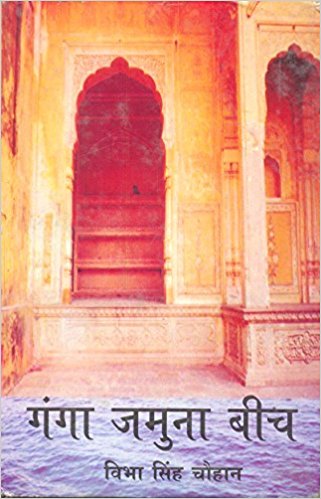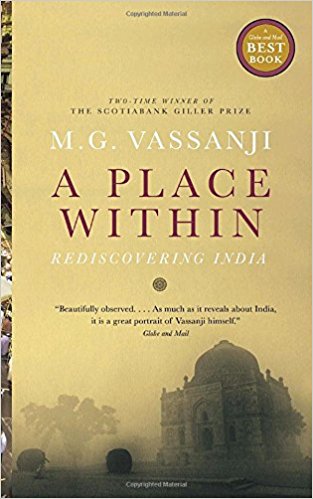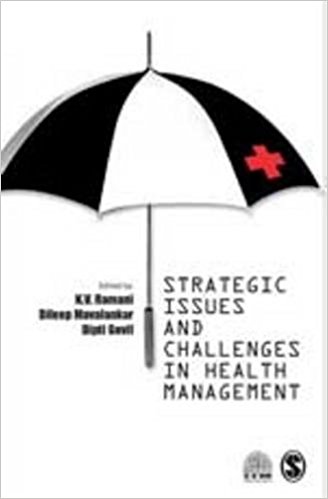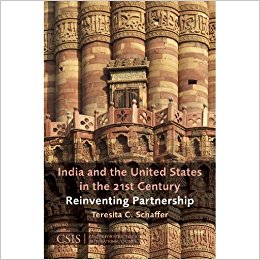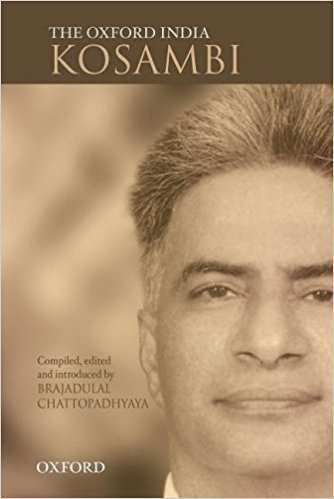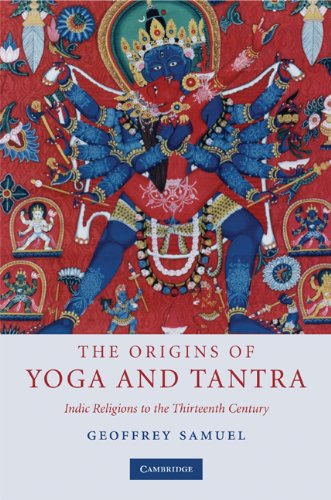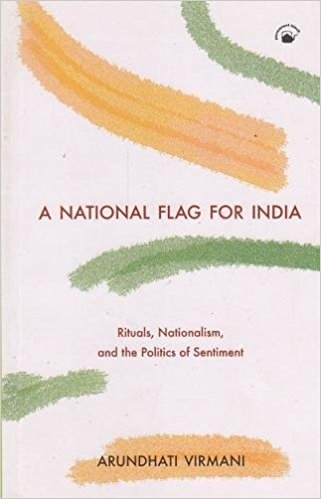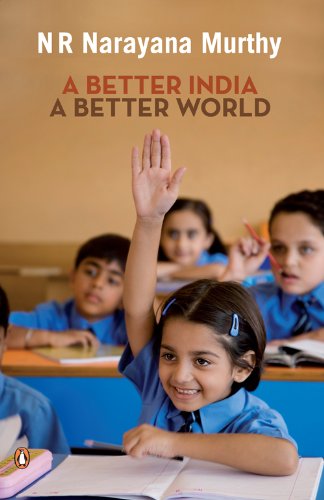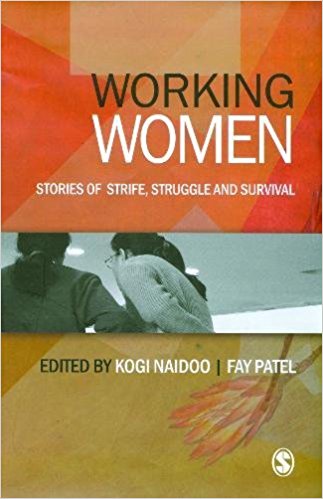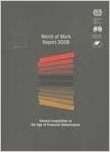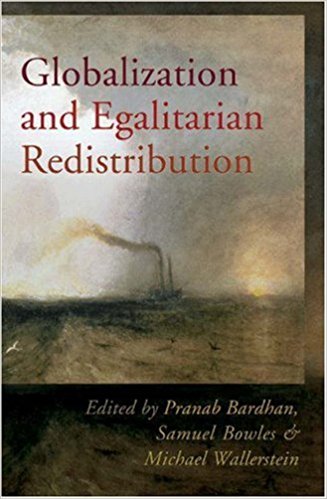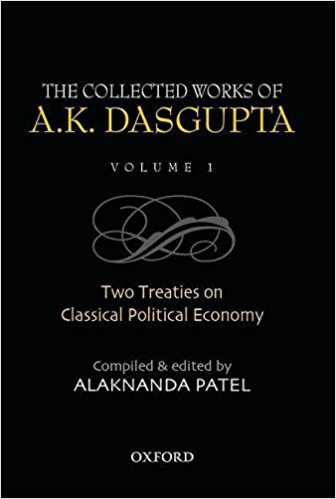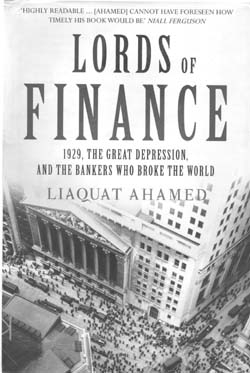It is quite likely that you have met someone like Kirpa, the protagonist of Ganga Jamuna Beech (Between the Ganga and the Jamuna). A woman whose speech carries the distinctive flavour of the village she grew up in but whose long sojourn in the city has contributed an idiom that makes it even more expressive.
Archives
October 2009 . VOLUME 33, NUMBER 10A Place Within: Rediscovering India is a detailed personal account by M.G. Vassanji of a series of visits he made to India, between 1993 and 2007. Born in Tanzania, and now a resident of Canada, M.G. Vassanji received international recognition with the publication of his first novel The Gunny Sack in 1989.
In her preface to The Fatal Garland (1915), the English translation of Phulermala, Swarnakumari Debi Ghoshal declares: ‘it is of the greatest importance that Europe—and more especially England—should understand India. And this understanding can, I think only be brought about by a study of our literature’.
That India’s health service system poses critical health management challenges and demands bold initiatives is no exaggeration. The title is sure to be an invitation for public health scholars and health management professionals.
Teresita Schaffer, long one of the foremost India watchers in the United States, and one with a distinguished diplomatic career—including much involvement in South Asia—behind her, displays impeccable timing in publishing this volume as the dust (largely) settles on the protracted negotiations surrounding the US-India nuclear cooperation agreement, which finally came to fruition in 2008.
In 2002, the Oxford University Press, New Delhi, published an anthology of papers written by D.D. Kosambi. Consisting of over fifty articles, written over more than two decades, these were scattered across several journals and magazines, published from cities and countries across the globe.
The stories of Indian myths, meditation, philosophy and poetry had gained access to the western world long before Sir William Jones imported in the eighteenth century the ancient Indian legal and literary traditions to Europe in the form of an academic exercise; and, for various reasons,
The French Revolution and its aftermath, and the phenomenon of the French Nation have enthused generations of French historians to bring out, from a completely different historical trajectory, the meaning and encoding of French national symbols.
The information technology industry occupies substantial quantum of public discourse space in India—be it in the times of boom or during a phase of recession. It invariably figures prominently in any discussion on economic liberalization or globalization of the Indian economy, and rightly so.
You don’t need a weatherman to know which way the wind blows (Bob Dylan). Or do you? Seasons change, so do thoughts, deeds, ideas. Thought leaders—and cheerleaders—rediscover themselves, and turn old notions on their heads. New buzzwords get coined, new coalitions emerge.
It is important to read the Preface to this book to be able to appreciate better its contents, its format, and, why it is the way it is.
The World of Work Report 2008 of theInternational Labour Organisation (ILO) examines the increase in global income inequality and how it is linked with financial liberalization and globalization; and how a policy of ‘Decent Work Agenda’ can improve income inequalities.
The relationship between globalization and redistribution has been a major bone of contention in debates on globalization. The more enthusiastic advocates of globalization view global economic integration as a welcome high tide that will lift all the boats and bring significant economic gains to everyone across the globe; on the other hand,
These volumes, appearing 17 years after he passed away, put together A.K. Dasgupta’s writings penned over a timespan of 62 years starting from 1929. They include books, monographs, articles, and reviews authored by him, reminiscences by and of him, and a biographical sketch of the author by the editor.
This is one of the finest books that I, at any rate, have ever read. Nor have I come across anyone who has read it say anything else. It is superb not just in the way it has been written, but also in what it contains. Above all, it is absolutely unique in the angle from which it has come at the topic, the Great Depression of 1929–32.

